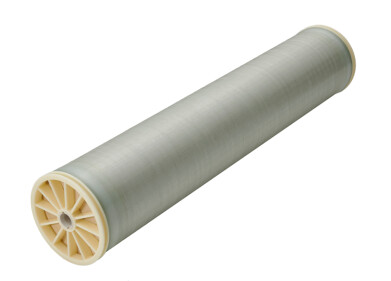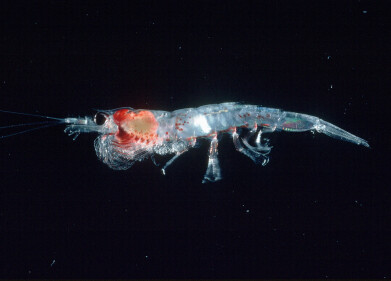Water/Wastewater
Uptake of Water Treatment Solutions in the Asia Pacific Power Industry Intensifying
Aug 02 2012
Rapid urbanisation, growth in industrialisation, and rising standards of living in the Asia Pacific have spawned a higher need for electricity, particularly in emerging countries such as Thailand and Indonesia. This growing need for power translates to investments in water and wastewater treatment (WWWT) solutions for the installation of new power plants and retrofitting of new technologies in existing plants.
New analysis from Frost & Sullivan (Australia), Water and Wastewater Treatment Solutions in the Power Industry, finds that the market earned revenues of US $363.3 million in 2011 and estimates this to reach US $477.1 million in 2016.
Water reuse and minimisation in power plants are gaining currency as a viable approach to address the issue of industrial water shortage, as well as the climbing costs of water.
“The power industry is always looking for the most cost-effective technology for treating its process water and wastewater,” said Frost & Sullivan Senior Consultant David Lee. “With technological advancements, the power industry, as a whole, is becoming more willing to invest in WWWT solutions.”
Nevertheless, the industry will continue to favour membrane technologies for treating makeup water and cooling water.
Advanced membrane filtration systems such as reverse osmosis (RO) for water treatment reduce the amount of chemicals used on-site and improve the overall water efficiency. The WWWT market has begun to promote sustainable solutions and low carbon footprint, especially among bigger power plants.
Meanwhile, the establishment of new nuclear power plants in Thailand, Indonesia and Vietnam will intensify the demand for WWWT solutions in these countries; however, the largest revenue contributors are expected to be Japan and Korea. The rest of Asia Pacific will experience a steady increase in revenue in all the three vertical markets of nuclear, natural gas and coal, with coal being the highest grossing market.
Participants are optimistic about WWWT’s prospects in the power industry, as water treatment is a crucial process in all power plant operations. Still, the high investment costs of WWWT solutions hinder their expansion efforts, especially among small-scale power producers.
End users try to do the barest minimum to meet wastewater quality standards, as they consider investments in WWWT solutions unnecessary. WWWT equipment suppliers can offset this issue to some extent by lowering their prices, maintaining a strong local presence and offering robust after sales service.
The market will also get a leg up from the increasingly stringent legislation and regulatory requirements regarding wastewater discharge.
“Almost all countries in the Asia Pacific market have rigorous laws and regulations concerning water pollution and control,” noted Lee. “Once the governments of these developing countries ensure their strict enforcement, the WWWT market will have a wider client base and newer revenue streams.”
Water and Wastewater Treatment Solutions in the Power Industry is part of the Environmental Growth Partnership Services program, which also includes research in the following markets: Water and Wastewater Treatment Solutions in Food and Beverage Industry in Asia Pacific, Water and Wastewater Treatment Solutions in Electrical and Electronics Industry in Asia Pacific, and Ballast Water Treatment Market in Asia Pacific. All research services included in subscriptions provide detailed market opportunities and industry trends that have been evaluated following extensive interviews with market participants.
Events
Carrefour des Gestions Locales de L'eau
Jan 22 2025 Rennes, France
Jan 29 2025 Tokyo, Japan
Feb 05 2025 Nantes, France
Feb 16 2025 Kampala, Uganda
Feb 26 2025 Chennai, India




-as-feedstock.jpg)





